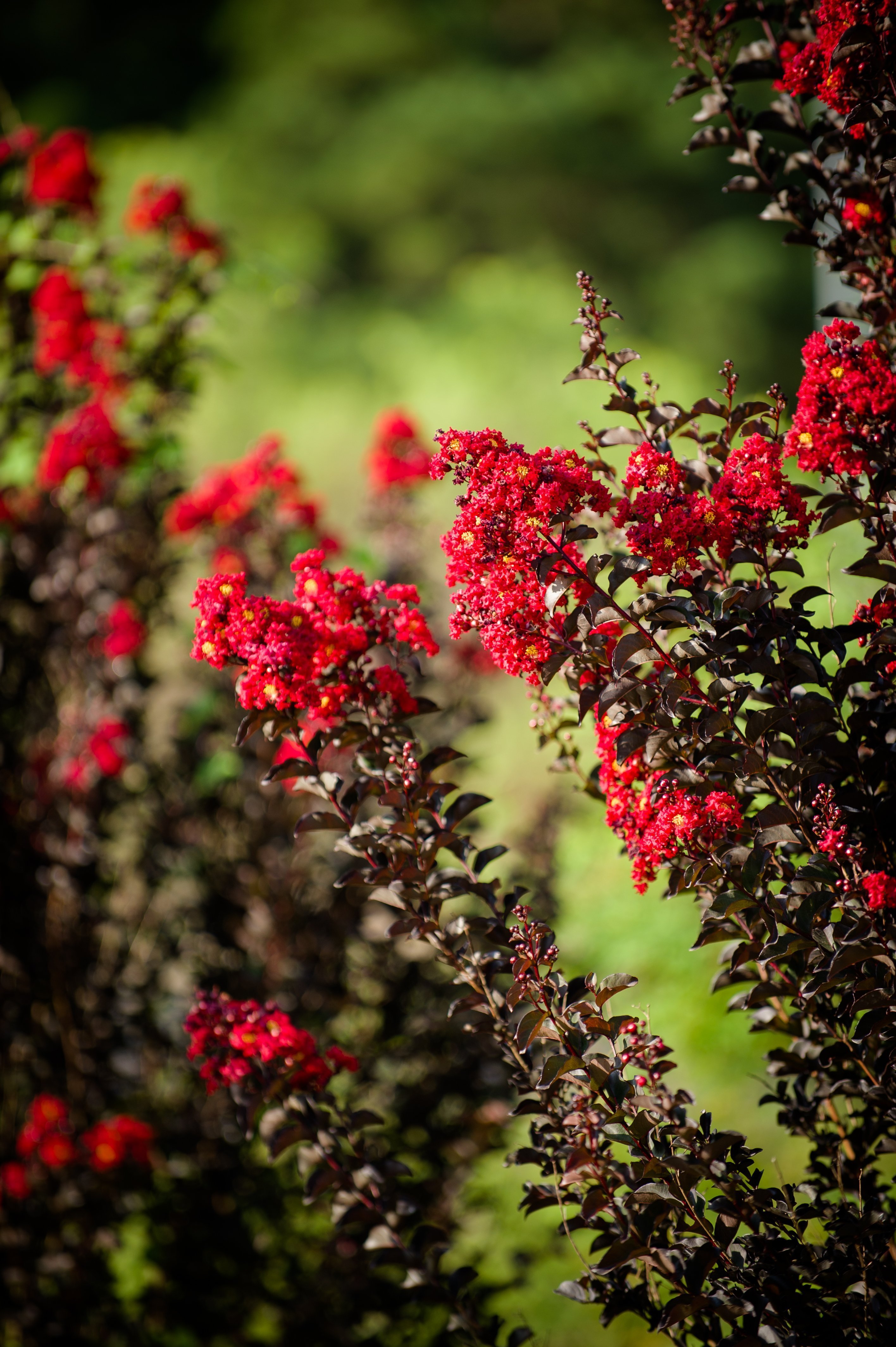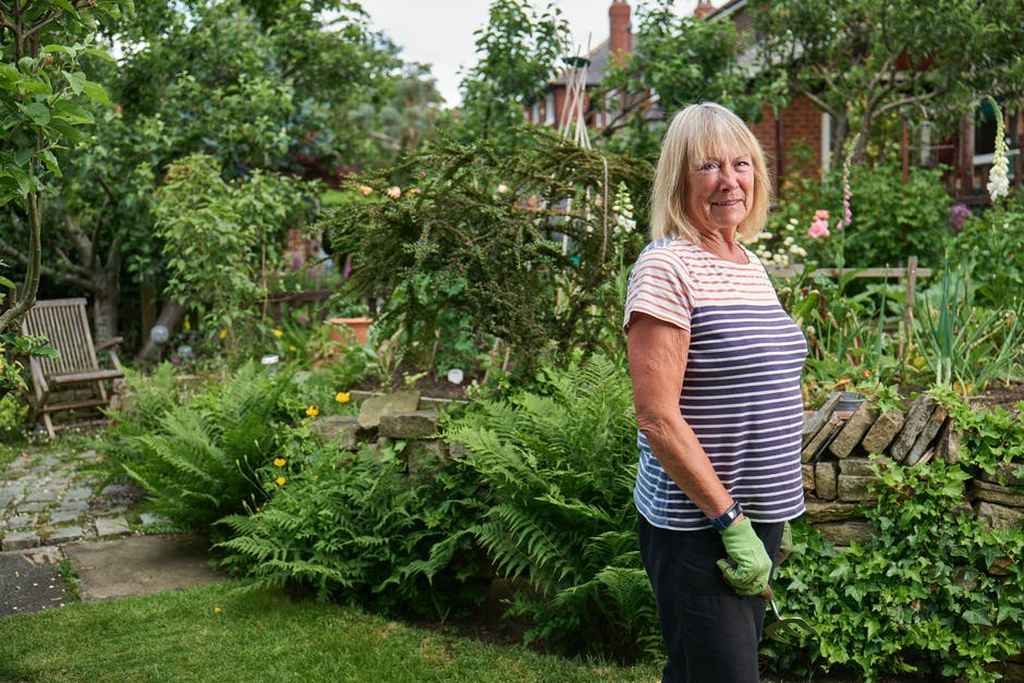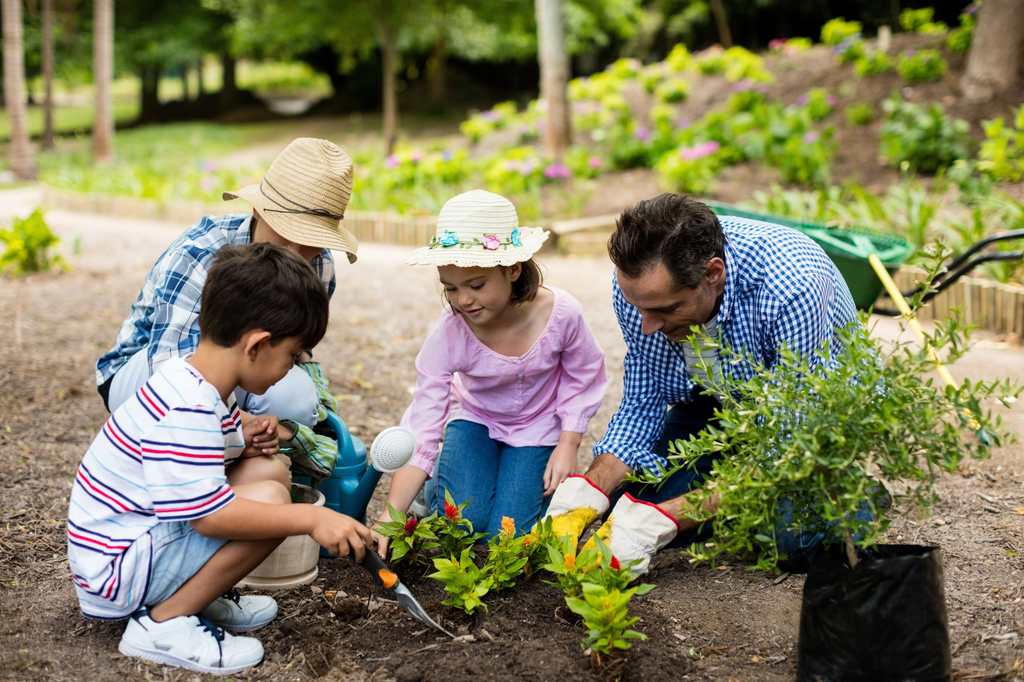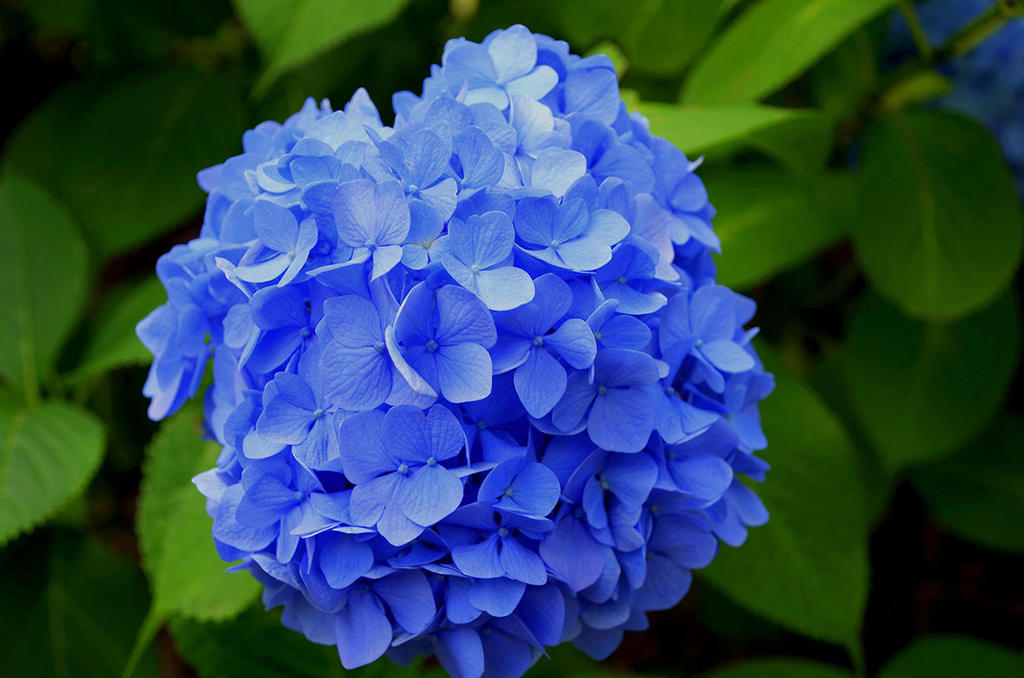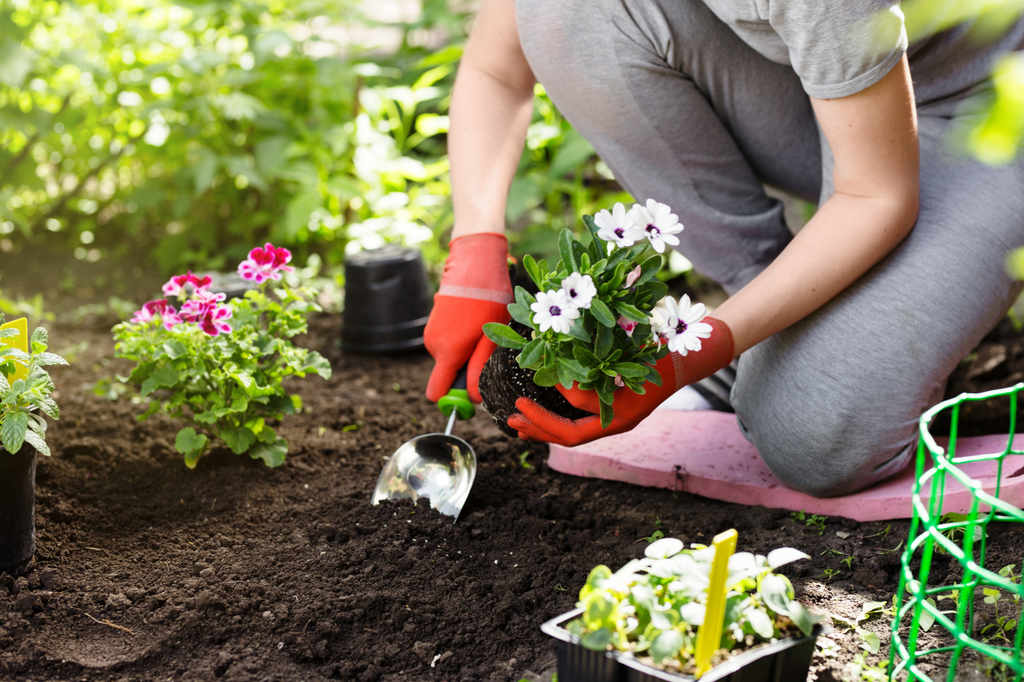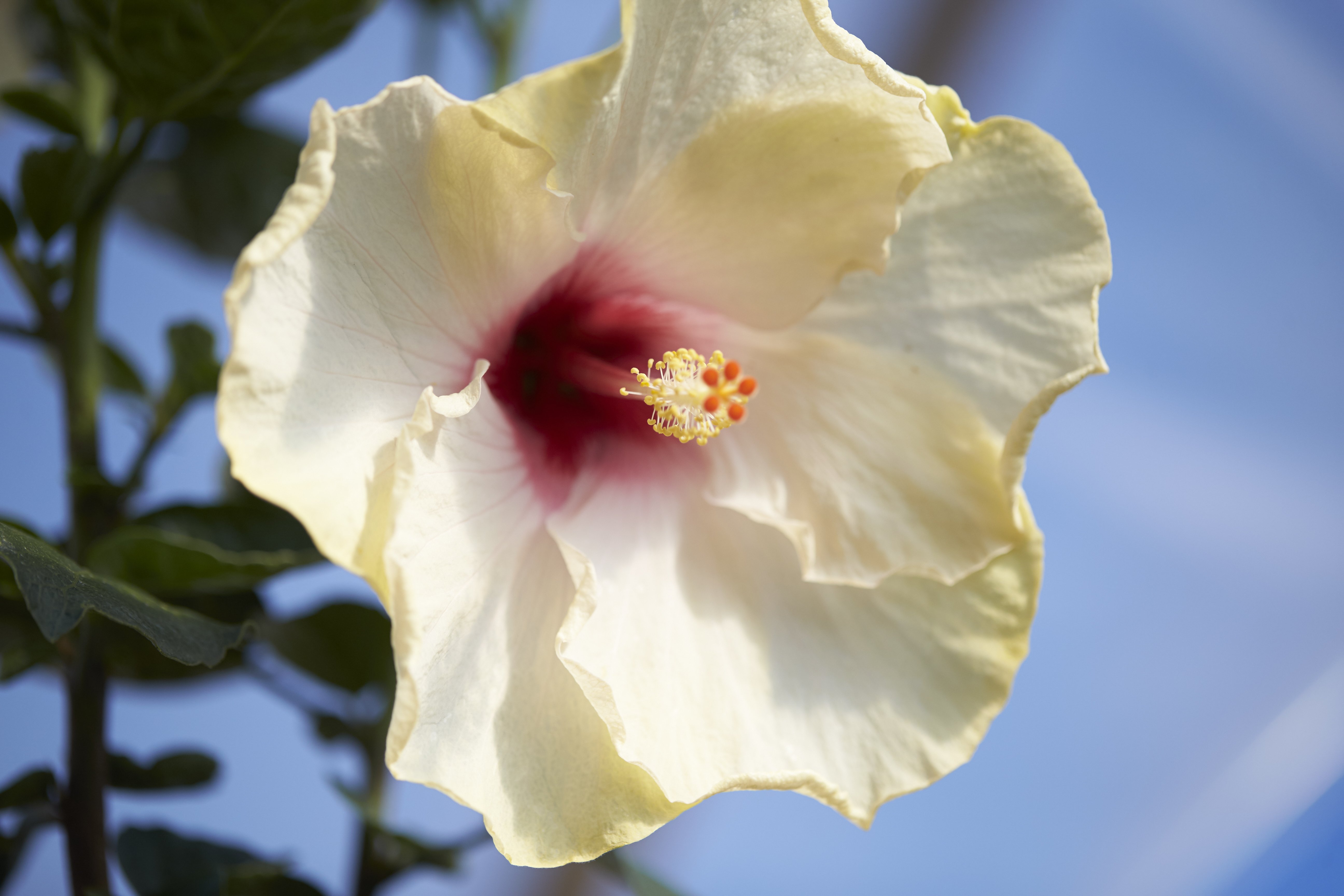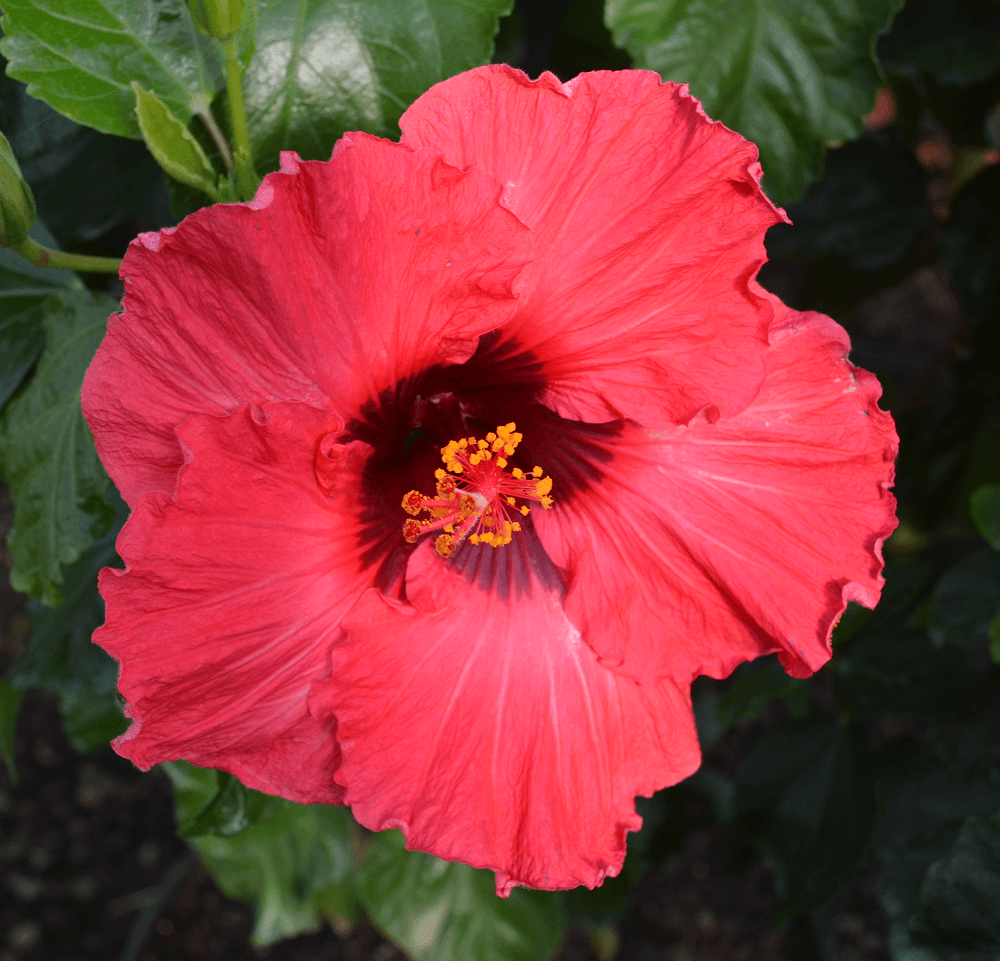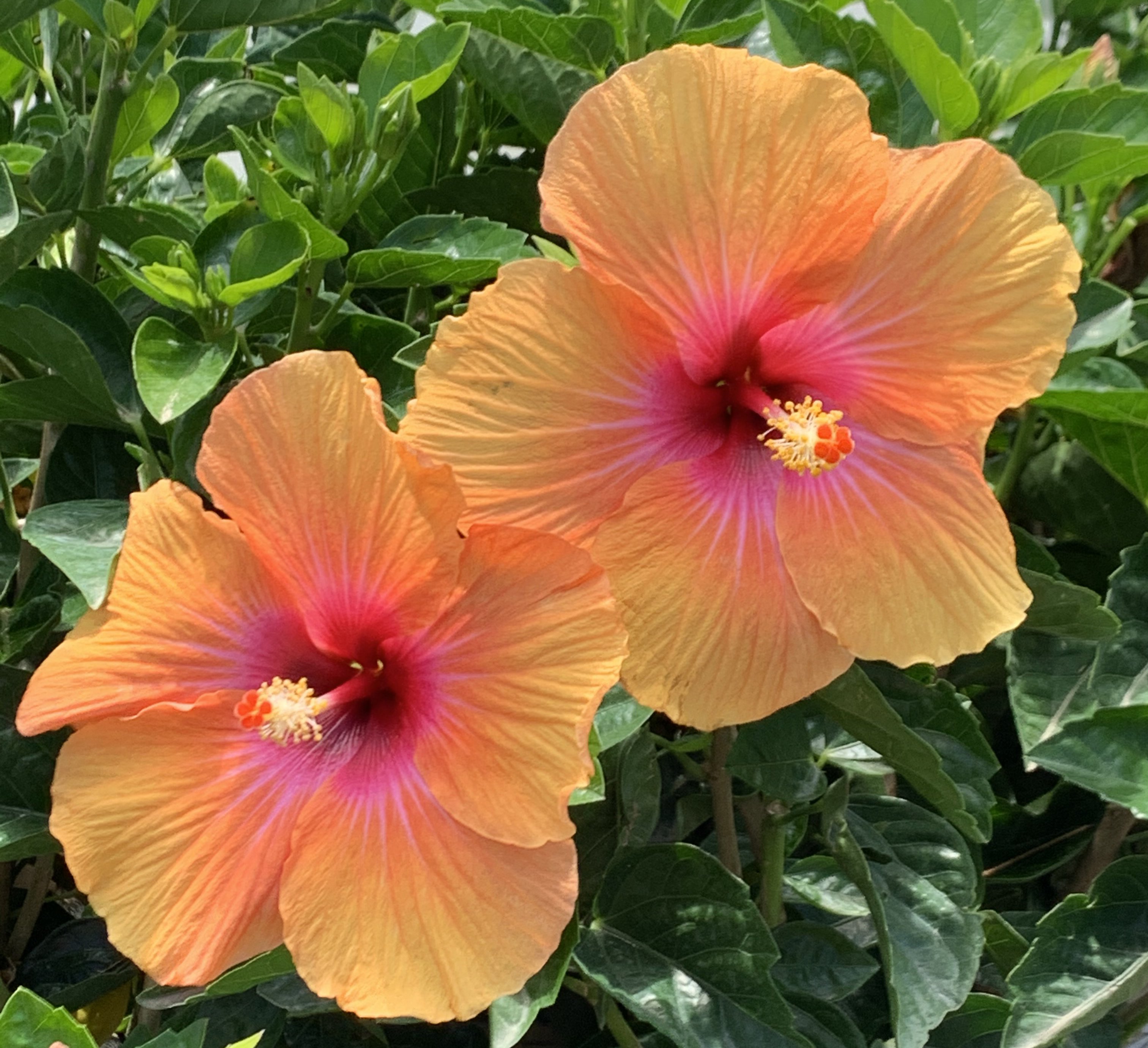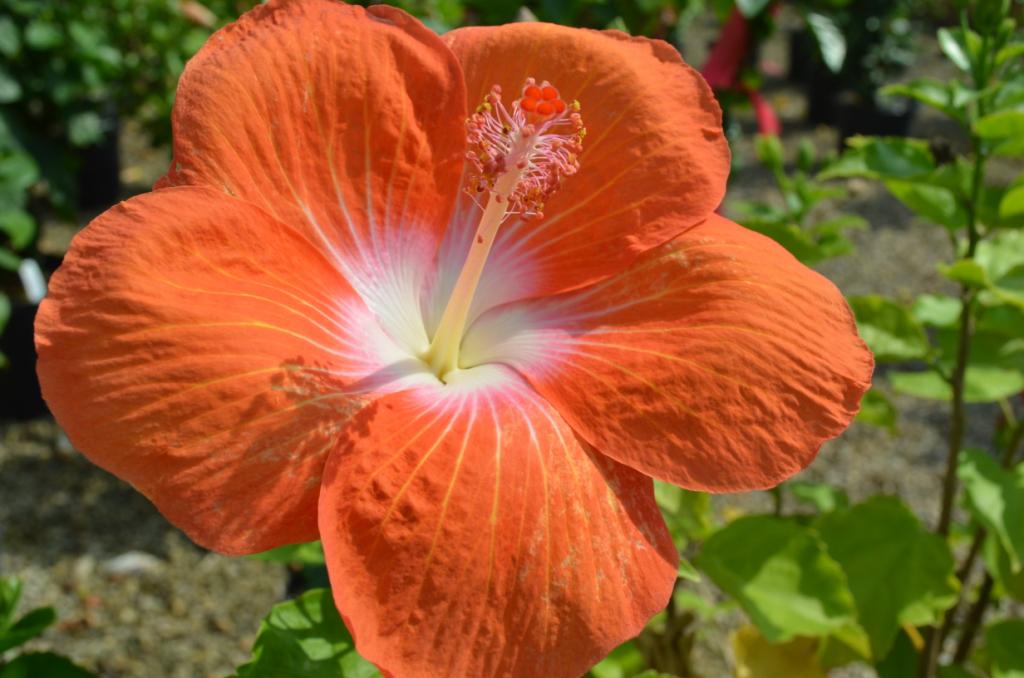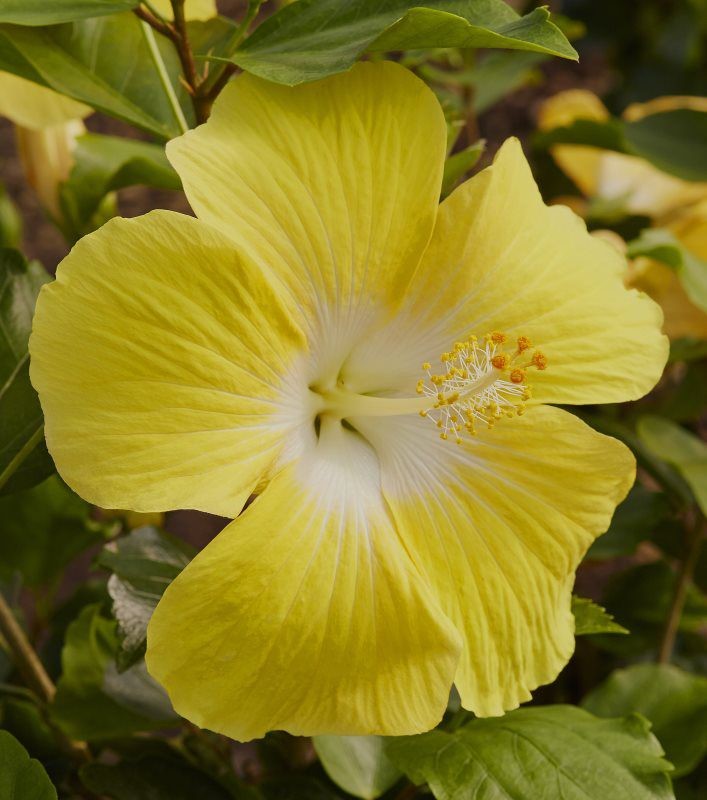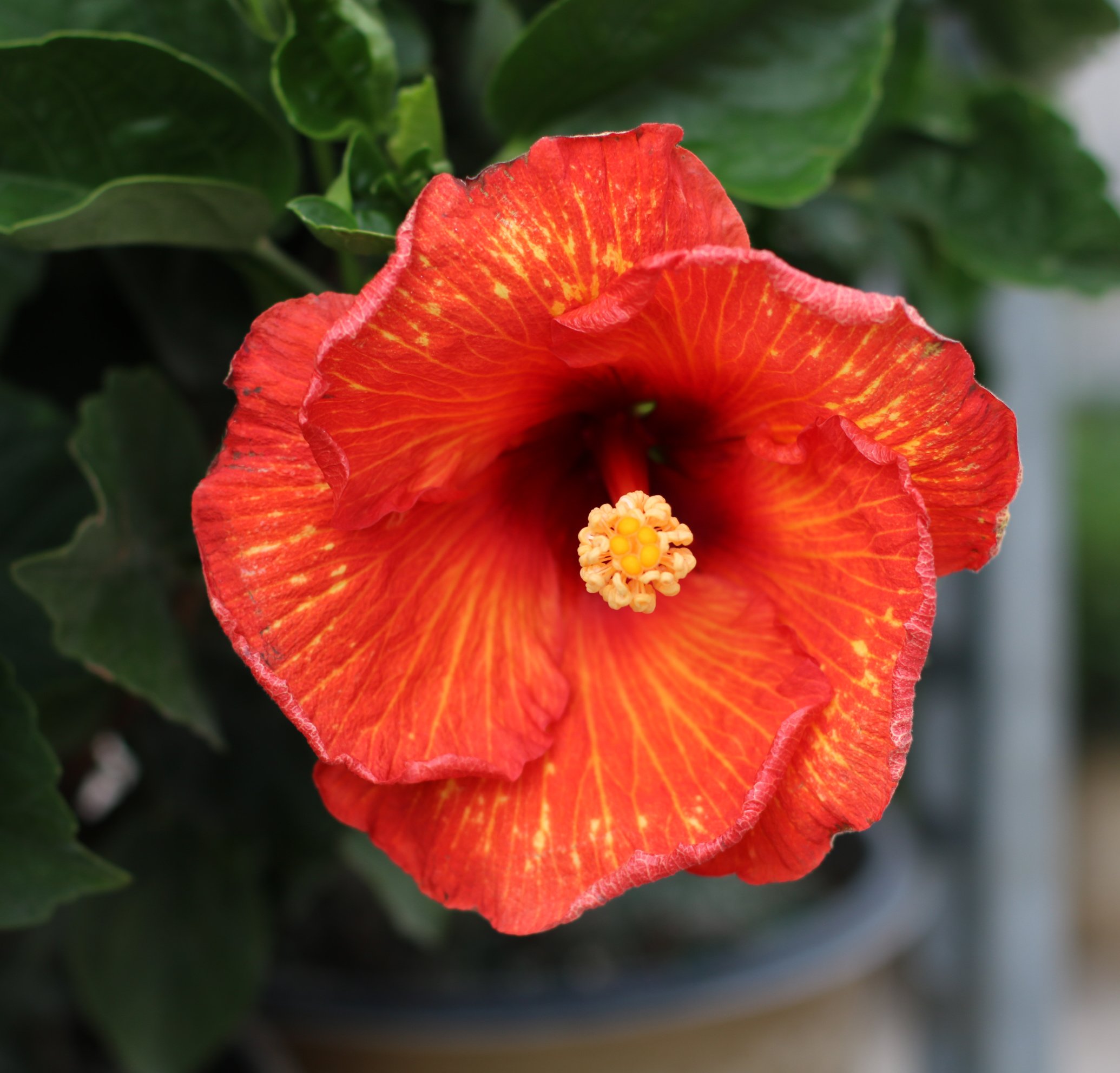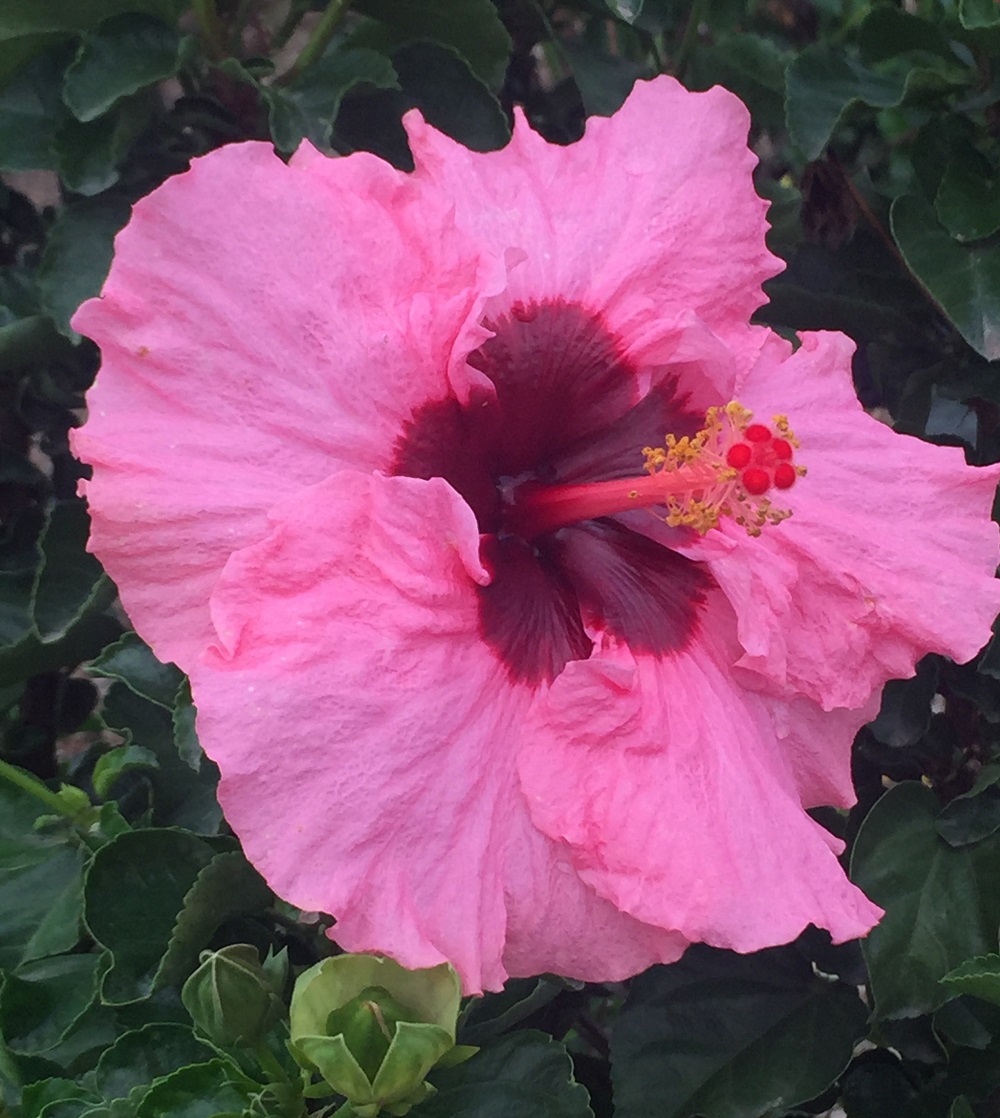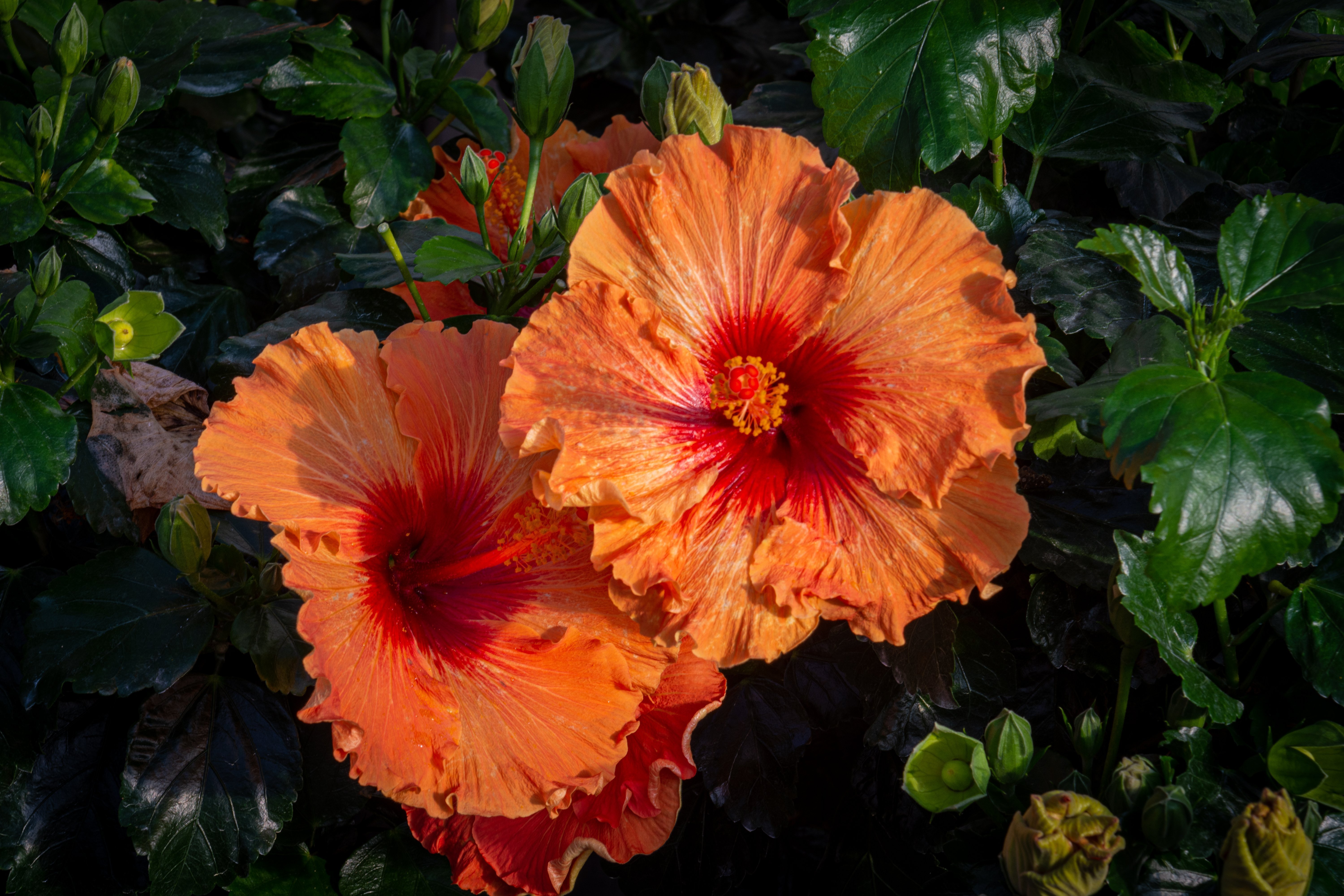By using our website, you agree to the use of cookies as described in our Cookie Policy
Grow Hydrangeas Like a Pro: 5 Key Tips
Hydrangeas are one of the most beautiful flowering shrubs that can make your garden a blossoming oasis. Their bold, showy flowers add interest to the landscape all summer long.
From knowing what they need to thrive to providing them with the best nutrition, your yard will look like a botanical garden in no time. With the proper care, you'll have healthy hydrangea blooms for years to come.
Keep reading to learn 5 simple tips on how to grow hydrangeas this season and help them thrive.
1. When to Plant Hydrangeas
The best season to plant hydrangeas is in spring, after all danger of frost has passed, or early fall, at least 8 weeks before the first frost. This way, they'll have enough time to grow and establish a strong root system before cold weather arrives.
As for the time of day, aim for early morning or evening planting. Avoid planting them during full sun, as the heat can stress the plant out and make it harder to grow.
An overcast day for planting is ideal. Make sure to plant them before the heat of summer arrives, so that their root system is well established prior to sweltering summer days.
2. Where to Plant Hydrangeas
Before you plant hydrangeas, prepare the soil and environment for the perfect hydrangea growing conditions. This plant loves fertile and nutrient-rich soil with great drainage.
The best place to plant hydrangeas is where they can get morning sun but will be protected from the afternoon heat. They appreciate shade during the heat of the day, but they do need part sun to bloom their best.
Plant them on the south or north side of your home. Some types of hydrangeas, like panicles, actually prefer full sun. Make sure to check the growing needs of your hydrangeas.
3. How to Plant Hydrangeas
Once you determine your hydrangea’s growing needs, make sure to give it optimal conditions to thrive.
Dig a hole twice the width of the plant’s container, making the hole the same depth as the pot. Depending on your soil, you may need to amend it. Add compost to heavy clay soil to improve drainage and aeration.
Compost also helps improve sandy soil. Remove the hydrangea from its nursery pot, and place it level in the hole. The top of the root ball should be flush with the soil line.
Fill in the hole with soil, tamping the soil to remove air pockets, and water well. Make sure to keep the plant well-watered as the plant settles into its new home.
Water the hydrangeas in the morning, and aim the water at the roots. Avoid overhead watering, like a sprinkler system, to direct water to the roots and avoid wetting the leaves, which can lead to disease.
The soil pH level can affect the color of your hydrangeas. For example, if the soil is acidic, with a pH below 6, the blooms will have a beautiful blue color. If the pH value of the soil is 7 and above, it's alkaline soil, so the blooms will be pink or red.
If the soil's pH value is neutral, you'll get purple blooms or a lovely mix of blue and pink blooms on the same hydrangea plant. White hydrangeas won't change color no matter the pH of the soil and will always produce white blooms.
4. How to Water Hydrangeas
To learn how to grow hydrangeas, you need to know how to water them. Hydrangeas are thirsty plants: it actually says so in their name, “hydra.”
However, the roots dislike sitting in water, which is why the soil should be well-drained to avoid root rot. Water them in the early morning before the heat of the day, focusing on the base of the plant.
If you’re unsure if the plant needs water, stick your finger into the soil near the plant’s base about an inch deep. If it’s moist, no need to water. If it’s dry, time for a drink.
Hydrangeas also pout when thirsty: you’ll notice the droopy flowers if it’s overdue for water.
5. How to Take Care Of Hydrangeas
Growing hydrangeas is pretty simple. All they need is good soil, good drainage, watering in the morning, and correct sun exposure, depending on the variety.
Use organic mulch around the plant’s base to help retain moisture in the soil and suppress weeds. Use fertilizer and pest control as needed, although hydrangeas are relatively pest-free.
Now You Can Grow Hydrangeas Like a Pro Right in Your Backyard
Whether you're a beginner gardener or have grown your fair share of plants, these tips will help you grow hydrangeas with ease.
Ready for your first hydrangeas of the season? At J. Berry Nursery, we offer the best selection of all kinds of flowers and plants for your backyard and gardening needs.
‹ Back
Past Performances
These previously shown stars are not part of the Proven Winners brand and are no longer being grown at our facility.

